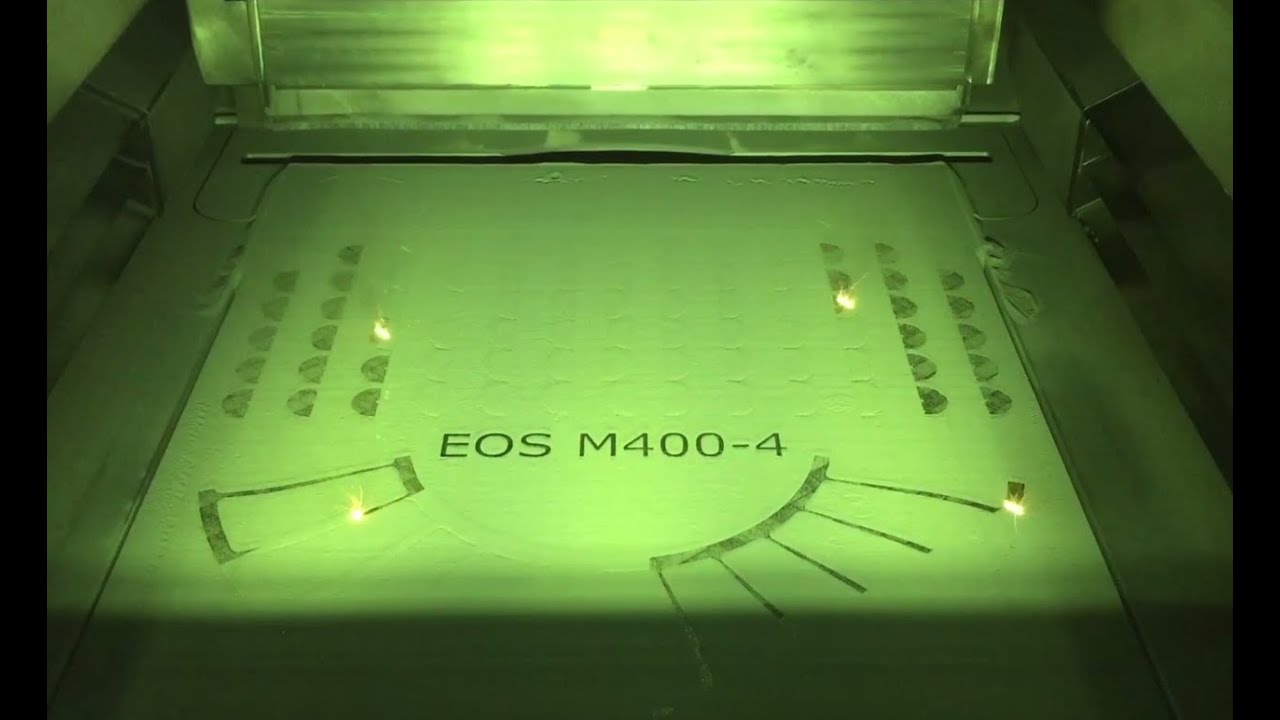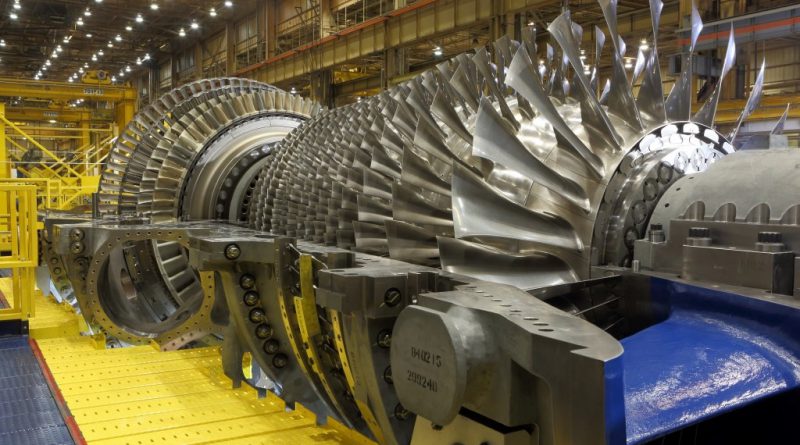EOS, the global leader in LB-PBF systems, has expanded its offering of AM materials with the release of eight new metal powders and processes for use with its M 290, M 300-4, and M 400-4 3D printing systems. The new material set consists of one PREMIUM and seven CORE products, characterized by their Technology Readiness Levels (TRLs) – a material and process technological maturity classification system introduced by EOS in 2019. The aim of the TRL system is to aid with customer orientation, providing a standardized, data-backed metric for manufacturers to safely cross the border to serial AM production.
Hanna Pirkkalainen, Product Manager of Metal Materials at EOS, explains: “Depending on specific application requirements, customers can choose between CORE materials (TRL 3 and 5) with a major focus on early market access to new materials, and PREMIUM materials (TRL 7-9) which attach particular importance to repeatable part quality essential in serial production.”

The PREMIUM material
The company’s new TRL 7 material for the M 290 is ToolSteel 1.2709. It is described as an ultra-high strength maraging steel meant for high-stress molding applications. The steel features excellent fatigue resistance and improved polishability, and its properties can be fine-tuned with heat treatments after 3D printing. The recommended applications include plastic injection molding, extrusion tools, hot pressing tools, and die casting tools.
The CORE materials
The M 290 system has also received three new CORE products – AlSi10Mg, Ti64 Grade 5, and Ti64 Grade 23. The new 60 micron process for AlSi10Mg is classified as TRL 3, with the material offering faster build rates, improved buildability, and new heat treatment capabilities to improve ductility. The material is recommended for applications where cost-efficiency is the key requirement.
The two new 80 micron processes for the titanium alloys (which are also suitable for the M 400-4 system) are optimized for fast production of parts with properties akin to wrought Ti-64. Both alloys have low density, high strength, and excellent corrosion resistance, making them appropriate for aerospace and automotive components.
Finally, the M 300-4 system has received a 40 micron process (TRL 3) for Nickel Alloy IN718 and a 50 micron process (TRL 3) for Maraging Steel MS1. Inconel is a precipitation-hardening nickel chromium alloy with high tensile strength, and excellent fatigue and creep resistance at temperatures up to 700°C. It is typically used for high-stress, high-temperature applications such as gas turbine engine components. The MS1 material is also characterized by its excellent mechanical properties and can be post-hardened to more than 50 HRC for applications such as injection molding tools.

New powders are constantly being qualified for metal AM, spawning a whole host of new applications for the technology. Just last week, metal AM specialist Amaero announced that its high-performance 3D printing aluminum alloy, Amaero HOT Al, had entered the national phase (fourth and final stage) of international patent approval. The material has high scandium content and can be heat treated and age hardened post-printing. Elsewhere, Protolabs launched a new cobalt chrome superalloy for its metal laser sintering process. The digital prototyping company believes the heat, wear, and corrosion resistant material will disrupt a number of industries including oil and gas.
The nominations for the 2020 3D Printing Industry Awards are now open. Who do you think should make the shortlists for this year’s show? Have your say now.
Subscribe to the 3D Printing Industry newsletter for the latest news in additive manufacturing. You can also stay connected by following us on Twitter and liking us on Facebook.
Looking for a career in additive manufacturing? Visit 3D Printing Jobs for a selection of roles in the industry.
Featured image shows metal LB-PBF 3D printing. Image via EOS.



